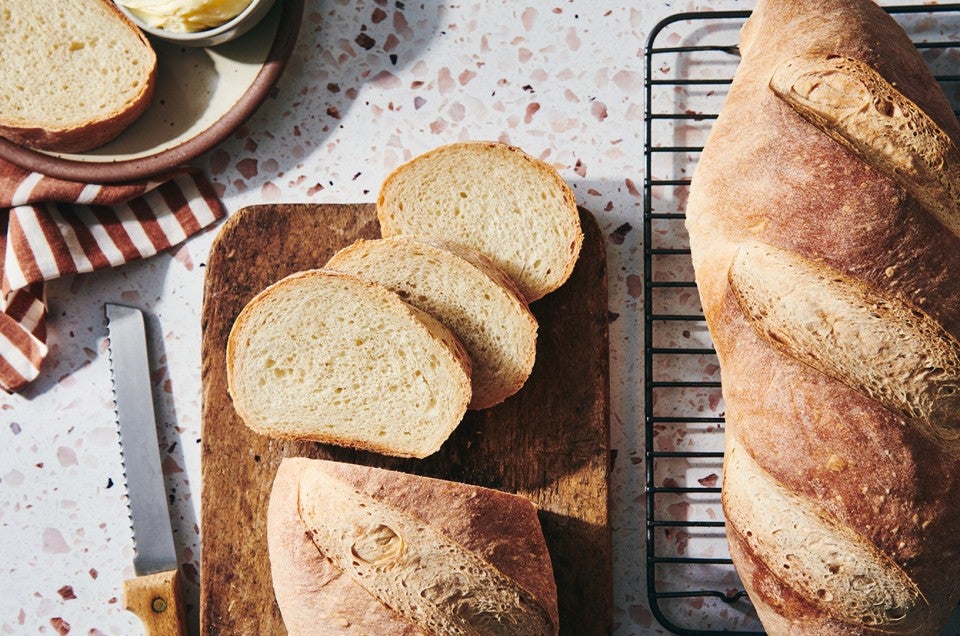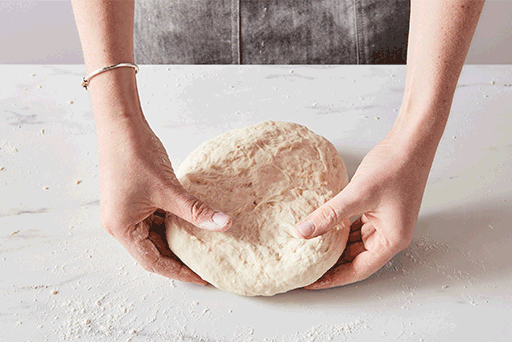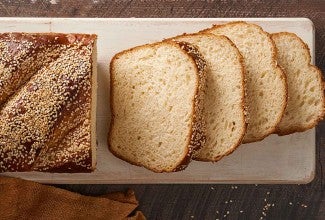Hearth Bread
This recipe appeared on the back of our King Arthur flour bags for years. Many a baker has learned to bake crusty, chewy hearth-style bread using this recipe — how about you? With its directions geared towards the beginning bread baker, this is a wonderful place for a "newbie" to start. Bonus: The recipe makes two big loaves, one to enjoy at home and one to share with a neighbor or friend.























